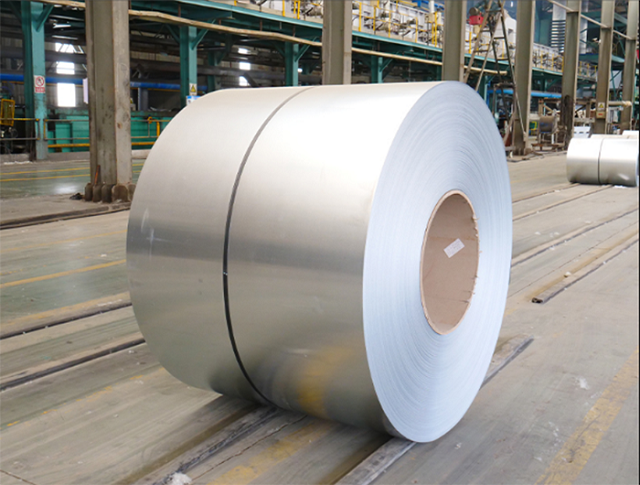The performance of
galvanized plate in salt spray test is one of the important indicators for evaluating its corrosion resistance. Salt spray test is an artificial accelerated corrosion test that simulates marine or saline atmospheric environments. It evaluates the corrosion resistance of materials by spraying salt spray on the surface of the sample under certain temperature and humidity conditions, observing its corrosion situation.
In the salt spray test, the performance of galvanized plate is influenced by various factors, including coating thickness, coating quality, steel substrate, and test conditions. Generally speaking, high-quality galvanized steel sheets can exhibit good corrosion resistance in salt spray tests, and their zinc layer can effectively isolate the steel sheet from contact with salt spray, thereby delaying the occurrence of corrosion.

According to the explanation from the China galvanized plate factory, its performance in salt spray testing can be evaluated through the following aspects:
1. Corrosion degree: Observe the corrosion situation on the surface of galvanized plate, including the corrosion area, depth, and morphology of corrosion products. Generally speaking, the smaller the corrosion area and shallower the corrosion depth, the better the corrosion resistance of galvanized plate.
2. Corrosion rate: The corrosion rate of galvanized plate can be evaluated by recording the changes in the corrosion area over time in the salt spray test. The slower the corrosion rate, the more durable the corrosion resistance of galvanized plate.
3. White rust and red rust: In the salt spray test, white rust (zinc rust) and red rust may appear on the surface of galvanized plate. White rust is a product of zinc layer corrosion and usually has a relatively small impact on the corrosion of the substrate; Red rust is a product of the corrosion of the substrate iron. Once red rust appears, it indicates that the protective effect of the galvanized layer has failed. Therefore, observing whether red rust appears on the surface of galvanized plate is also an important indicator for evaluating its corrosion resistance.
It should be noted that the results of the salt spray test are influenced by various factors, including test conditions (such as temperature, humidity, salt solution concentration, etc.), sample condition (such as surface treatment, coating thickness, etc.), and test period. Therefore, when evaluating the corrosion resistance of galvanized plate, it is necessary to comprehensively consider these factors and compare them with the results of other corrosion promotion tests.
In addition, there may be differences in the performance of different types of galvanized plates (such as hot-dip galvanized plates and electroplated galvanized plates) in salt spray tests. Generally speaking, the coating of hot-dip galvanized plate is thick and uniform, with good corrosion resistance; The coating of electroplated galvanized plate is relatively thin and may have uneven coating, resulting in relatively poor corrosion resistance. But the specific performance still needs to be evaluated based on the actual situation.
In summary, the performance of galvanized plate in salt spray testing is one of the important reference criteria for evaluating its corrosion resistance. Through scientific and rigorous salt spray testing, the corrosion resistance of galvanized plate can be objectively and accurately evaluated, providing strong support for product design, material selection, and use.
 Language
▼
Language
▼
